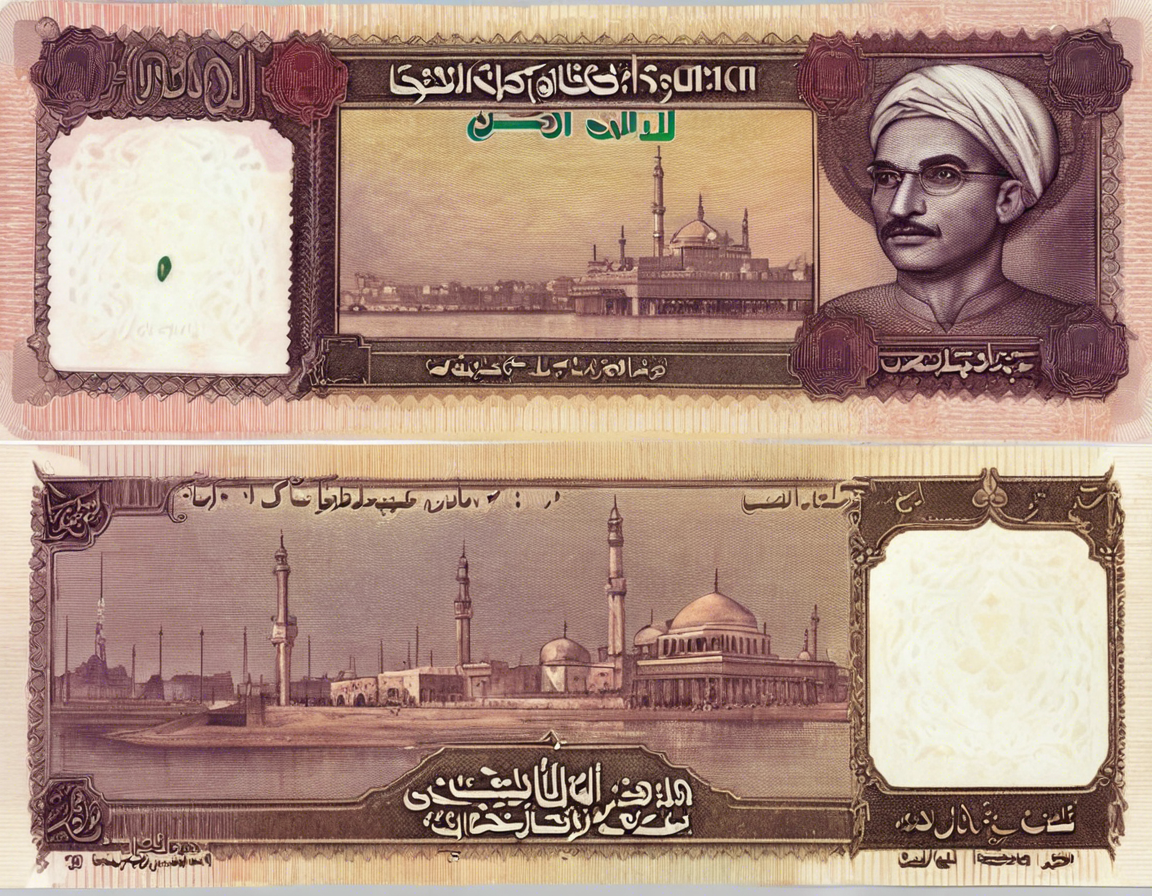The Value of 1 Dirham in Rupees
Imagine holding a small coin in your hand, one that is valued not just for its monetary worth, but for the stories it tells. The 1 Dirham coin from the United Arab Emirates (UAE) is a currency with a rich history, but for those looking to understand its value in comparison to the Indian Rupee (INR), it becomes more than just metal; it represents an exchange of goods, services, and ideas between two vibrant economies. In this article, we explore the value of 1 Dirham in Rupees, delving into the factors that influence exchange rates, the historical context behind these currencies, and what this conversion means for individuals and businesses alike.
Understanding Exchange Rates
When discussing the value of a currency such as the Dirham against the Rupee, it is crucial to first grasp the concept of exchange rates. An exchange rate is the price of one country’s currency in relation to another’s, often expressed as how much of one currency is needed to purchase a unit of another currency. These rates are influenced by a myriad of factors, including economic indicators, geopolitical events, market speculation, and government policies.
The Dirham is the official currency of the UAE, while the Rupee is the currency of India. As of [current date], the exchange rate between the Dirham and the Rupee stands at around [current exchange rate]. This means that 1 Dirham can be exchanged for approximately [value] Indian Rupees.
Historical Context
To truly appreciate the value of 1 Dirham in Rupees, it is essential to understand the historical context of these two currencies. The United Arab Emirates Dirham was introduced in 1973 to replace the Qatari and Dubai Riyal. It is pegged to the United States Dollar at a fixed rate of 1 USD to 3.6725 AED.
On the other hand, the Indian Rupee has a much longer history, with its origins dating back to ancient India. The modern Indian Rupee was introduced in 1540 during the reign of Sher Shah Suri. Today, the Indian Rupee is a fiat currency, meaning its value is not backed by a physical commodity like gold.
Factors Influencing Exchange Rates
Several factors influence the exchange rate between the Dirham and the Rupee:
1. Economic Indicators:
- GDP Growth: A country’s economic growth can impact its currency’s value.
- Inflation Rates: Higher inflation can lead to a devaluation of a currency.
- Interest Rates: Higher interest rates can attract foreign investors, increasing demand for a currency.
2. Political Stability:
- Political uncertainty can lead to currency volatility.
3. Market Speculation:
- Trader sentiment and market speculation can cause fluctuations in exchange rates.
4. Supply and Demand:
- Market forces of supply and demand play a crucial role in determining exchange rates.
5. Trade Balances:
- Trade deficits or surpluses can impact a country’s currency value.
Implications for Individuals and Businesses
The value of 1 Dirham in Rupees has practical implications for individuals and businesses engaging in cross-border transactions. For tourists traveling between the UAE and India, understanding the exchange rate allows for better budgeting and financial planning.
For importers and exporters, fluctuations in the Dirham-Rupee exchange rate can significantly impact the cost of goods and services. Hedging strategies can help mitigate these risks and ensure financial stability.
FAQs (Frequently Asked Questions)
1. How often do exchange rates between the Dirham and the Rupee change?
Exchange rates can fluctuate daily based on various factors like economic news, market conditions, and political events.
2. Where can I check the current exchange rate between the Dirham and the Rupee?
You can find real-time exchange rates on websites of financial institutions, currency exchange platforms, and financial news websites.
3. Are there fees involved in converting Dirhams to Rupees or vice versa?
Yes, banks and currency exchange services often charge conversion fees and commission for exchanging currencies.
4. Can I exchange Dirhams for Rupees in India?
Yes, many currency exchange offices and banks in India offer services to exchange Dirhams for Rupees.
5. How can businesses manage currency exchange risks between the Dirham and the Rupee?
Businesses can employ hedging strategies, such as forward contracts and options, to manage currency exchange risks effectively.
In conclusion, the value of 1 Dirham in Rupees goes beyond a simple numerical conversion; it reflects the dynamic interplay of economics, politics, and market forces. By understanding the factors influencing exchange rates and the implications for individuals and businesses, one can navigate the currency exchange landscape with greater insight and foresight.
